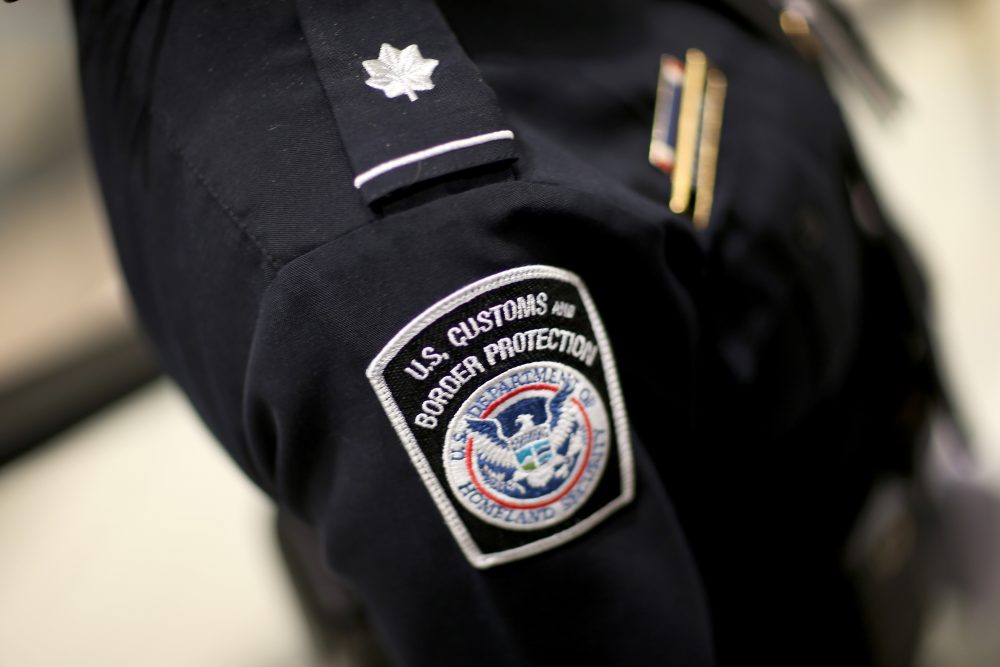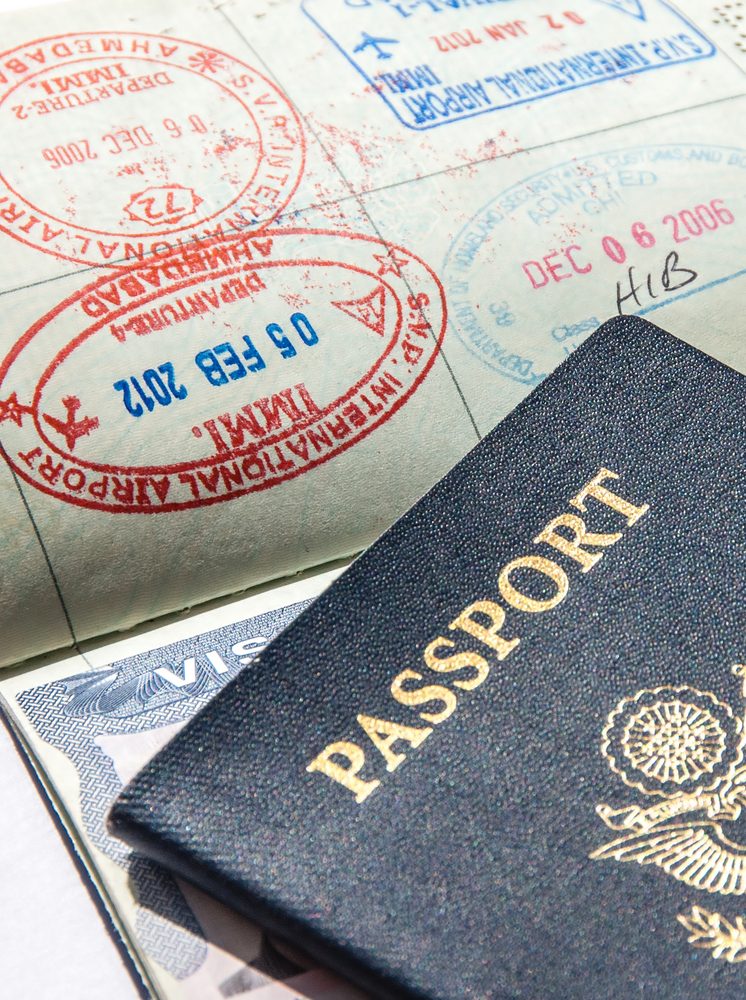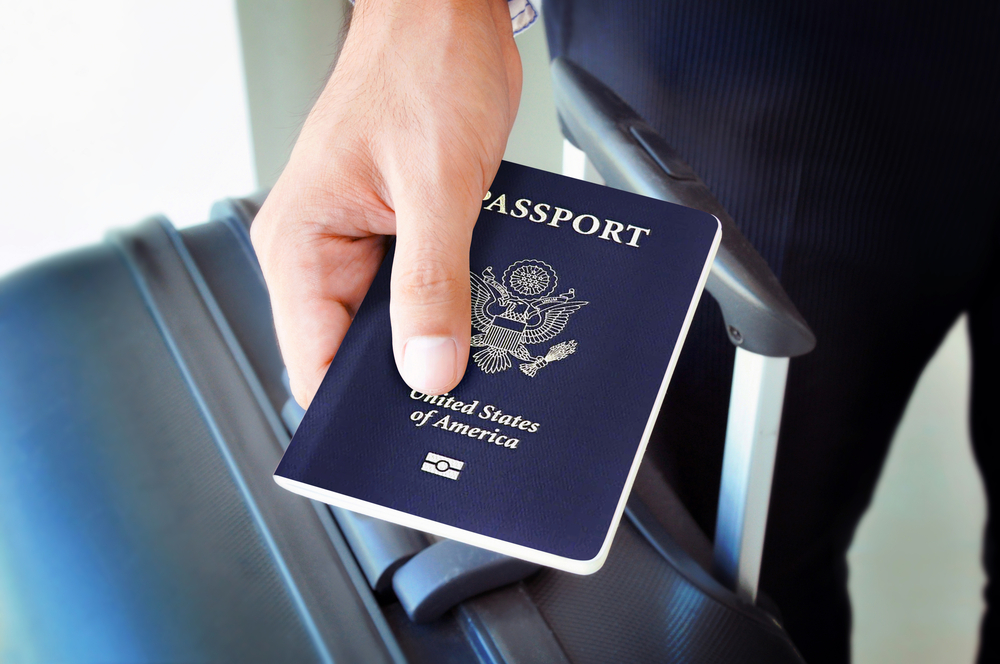By Reginald Perry, Client Services Manager
Arranging US customs as a private jet operator can be a challenging task at times. Making sure that you are complying with all of the rules and regulations of customs is not easy, but keeping in mind the below points will help ensure a smooth process for both your crew and passengers.
1. Make sure you have proper documentation
Making sure that you have proper documentation is paramount when it comes to arranging customs. If your operator is a member of the Visa Waiver Program, then your passengers, if applicable, can travel to the US on an ESTA in lieu of a visa, which would otherwise be required. If you are a private jet operator flying in from the southern border, you may need a Border Overflight Exemption (BOE) depending on where you plan to clear customs.
Other documentation includes a customs decal for the aircraft, which must be obtained every calendar year. Additionally, if you are an aircraft charter operator, you must also possess a customs bond, which is required for all international charter inbound and outbound flights.
These examples are not a complete list, and other items may be needed depending on the situation, but making sure your documentation is in order is key to avoiding any potential punitive action or fines. Planet 9 possesses a BOE, and is also member of the Visa Waiver Program, which allows us more flexibility in our operations.
2. Know the procedure

Know the basic procedures for arranging US customs. Make sure that you are aware of the rules for when you are required to submit and revise APIS, and when you are required to request or update landing rights. Keep in mind that procedures at one port may or may not be the same at another port.
For instance, Teterboro/TEB customs requires all operators to send over a gendec in advance of their operations, while West Palm Beach/PBI typically doesn’t require a gendec to be sent to them ahead of time, and looks up all information in the APIS system for clearances. Some ports will issue stamps on inbounds, while other ports issue log numbers only. It varies, but as long as you have a clearance or confirmation from a customs agent, whether it be a stamp, a verbal clearance, initials, an email, or a log number, then you will be cleared to proceed. Once you deal with the same ports consistently, you will learn what each specific port requires for their customs setups. That being said, if you ever have a question, don’t hesitate to pick up the phone and speak to an officer. It’s better to get any question answered than risk a potential issue later.
3. Things to remember
Double check documents – Be sure to check your passenger’s documents when they board, and cross check this information with your APIS transmission & gendec for accuracy. This is your final chance to correct any info before you arrive into the US, and it is crucial that the information be accurate and correct to the best of your ability. This will prevent processing delays for your passengers and potential penalties on arrival for the operator for incorrect information.
Get an officer’s name – When you call to confirm your customs setup, whether it be an inbound request, or outbound request for aircraft charter/135 operations, be sure to get the name of the officer that you spoke to. That way if there are any issues later on, you or your crew can reference that officer’s name, and verify that you did obtain a proper clearance for your operation.
ETA Updates – Once the aircraft departs, and you have an ETA, call customs and give them an update, even if the ETA is within +/-15 minutes. Why do this? Because this is your last opportunity to speak with customs regarding this arrival. This is a perfect opportunity for both parties to make sure that all information, including ETA, passengers on board, etc. are correct. This ensures that any delays in processing are kept to a minimum on arrival, ensuring a seamless process for all involved.
Clearing location – Be sure to confirm the clearing location of customs on arrival at your port of entry. At some airports, there is ramp space that is assigned to customs, where private jets can clear. However, other ports may require you to clear in the commercial terminal, while other ports may choose to clear at your intended FBO. If you know this in advance you can ensure smooth coordination, like ground transport, for your passengers and avoid headaches for your crew on arrival.
4. Not all ports are created equal

Remember that not all ports of entry have the same capabilities. Depending on staffing levels, some ports, like Van Nuys/VNY for example, have very specific hours of operation, with no clearances available outside of those operating hours. However, there are other ports, like Miami/MIA, or Newark/EWR, which are staffed year-round, and can clear flights 24/7, 365 days out of the year. Double check your intended customs port’s hours of operation to ensure you are able to clear at your intended arrival time. Some ports may offer overtime on a case by case basis, but this could be up to the officer on duty and may incur additional charges depending on the port.
Additionally, note that there are certain ports of entry that may be unable to clear foreign nationals. They lack the proper equipment to process documents, fingerprints, etc., so if you have a foreign national on board, you will have to clear elsewhere. Be sure to keep this in mind, depending on the nationality of your passengers onboard your aircraft.
Conclusion
When it comes to arranging US customs for private jet operators, there are many factors to keep in mind. That being said, ultimately the process is fairly straightforward if you follow the points above. Here at Planet 9, we strive to follow all of these points for each of our flights, ensuring the smoothest possible customs process for each of our passengers.
